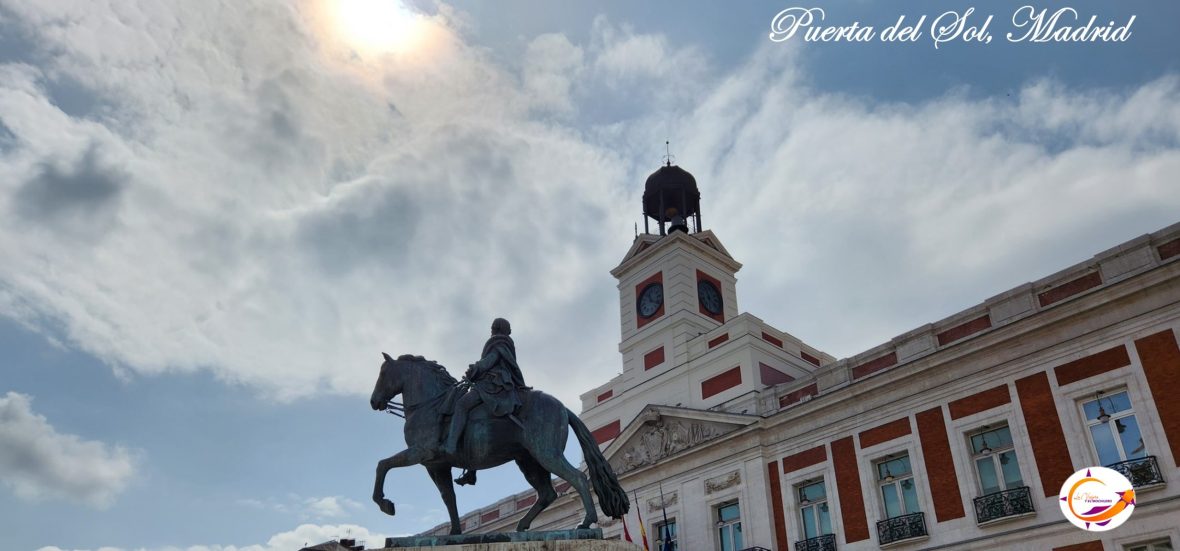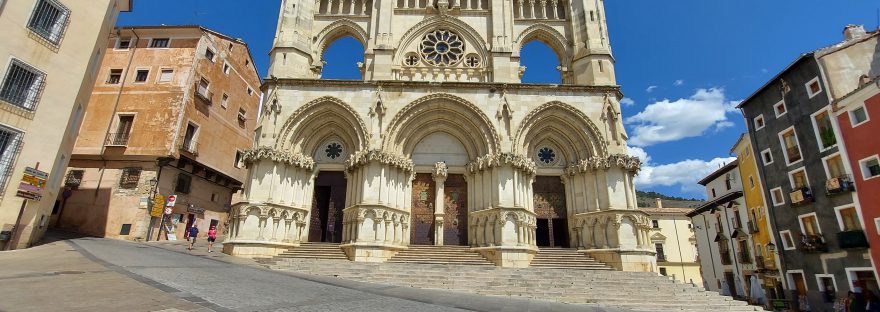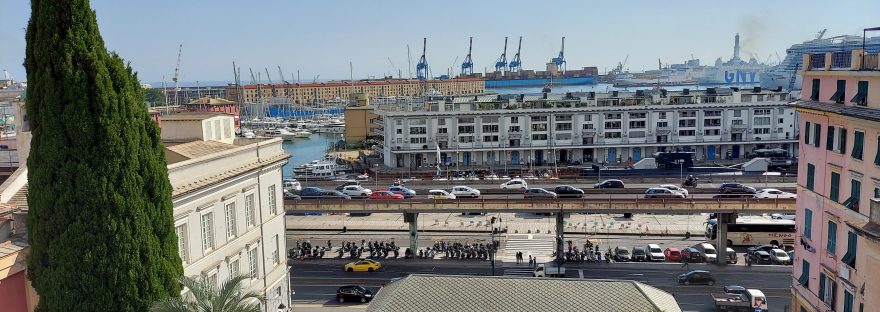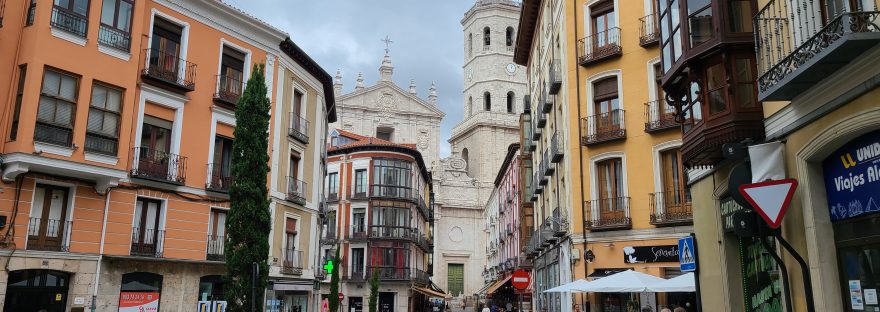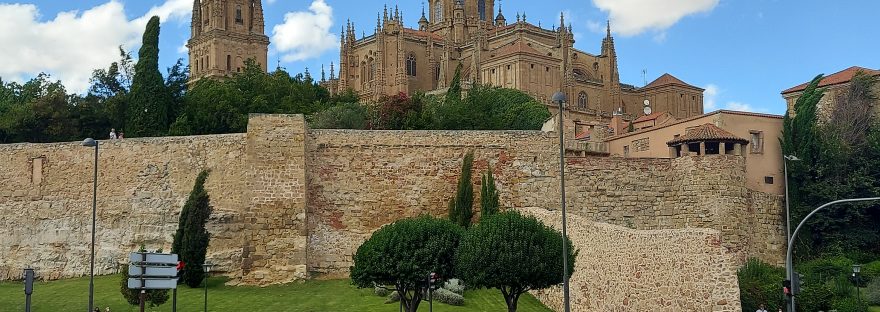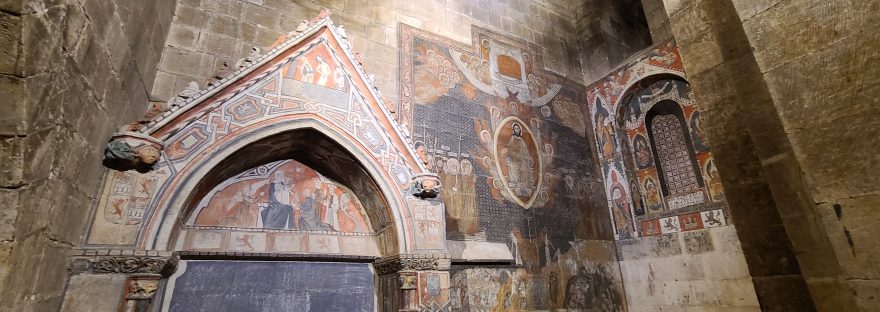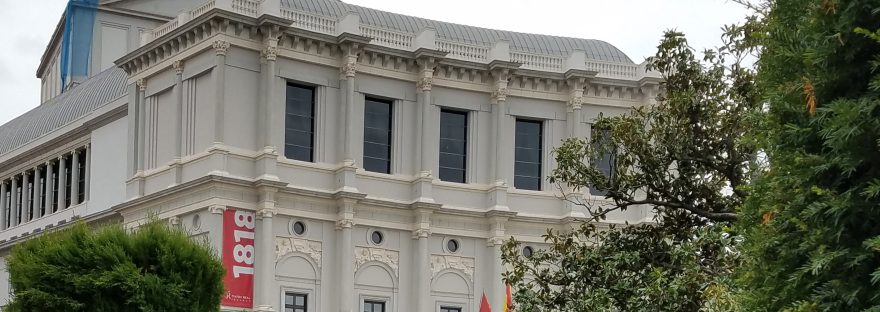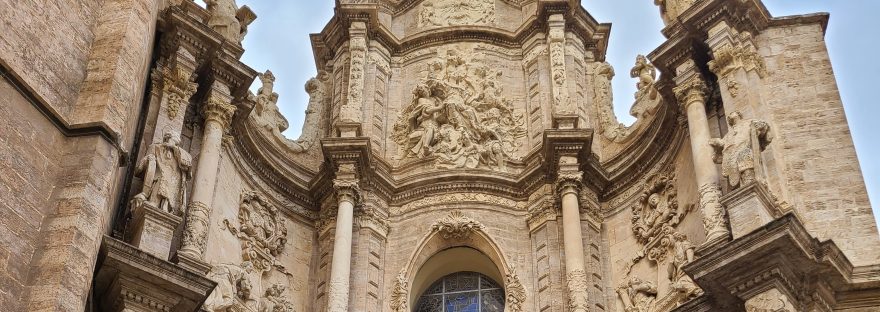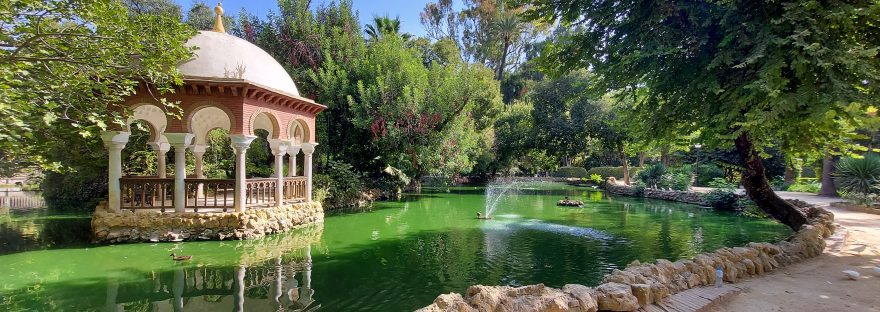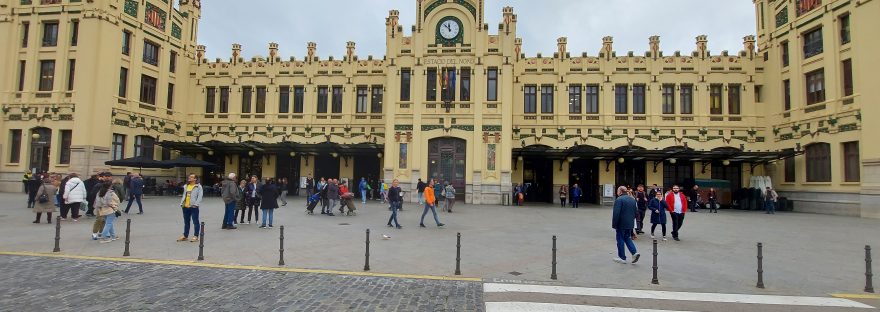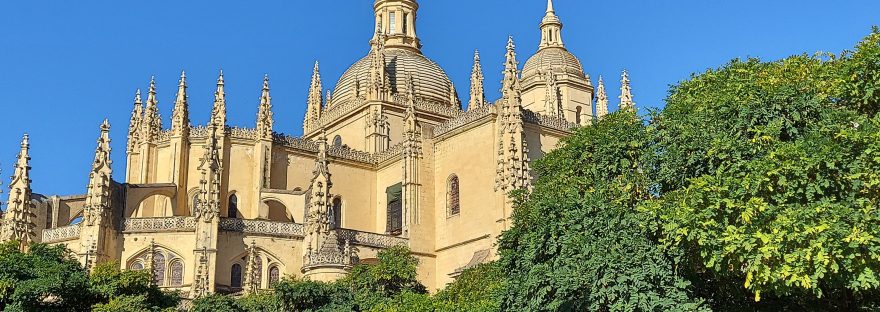Cuenca’s most emblematic monument, the Cathedral of Santa María and San Julián, is undoubtedly a temple that jumps out at you once you arrive at the Plaza Mayor of this picturesque city located in the mountains in central eastern Spain. It was the first building that began to be built after the conquest of the city at the end of the 12th century. And, as often happens after a conquest, the Christian temple was built on the site of the old Muslim citadel. Continue reading “Cathedral of “Santa María” and “San Julián” of Cuenca, Spain”
Author: La Viajera y El Mochilero
Genoa, Italy: Our one-day tour
The capital of Liguria, Genoa, is one of the twenty regions that make up the Italian Republic and the largest seaport in Italy for several centuries. Genoa is located in the northwest of Italy and is famous for its old quarter, its splendid palaces and its busy squares. Moreover, for obvious reasons, all the stories in Genoa are linked to the sea, being the birthplace of Cristoforo Colombo, the great discoverer of the Americas. And not least, Genoa is known as the kingdom of pesto and focaccia. Continue reading “Genoa, Italy: Our one-day tour”
Our Lady of the Assumption Cathedral, Valladolid
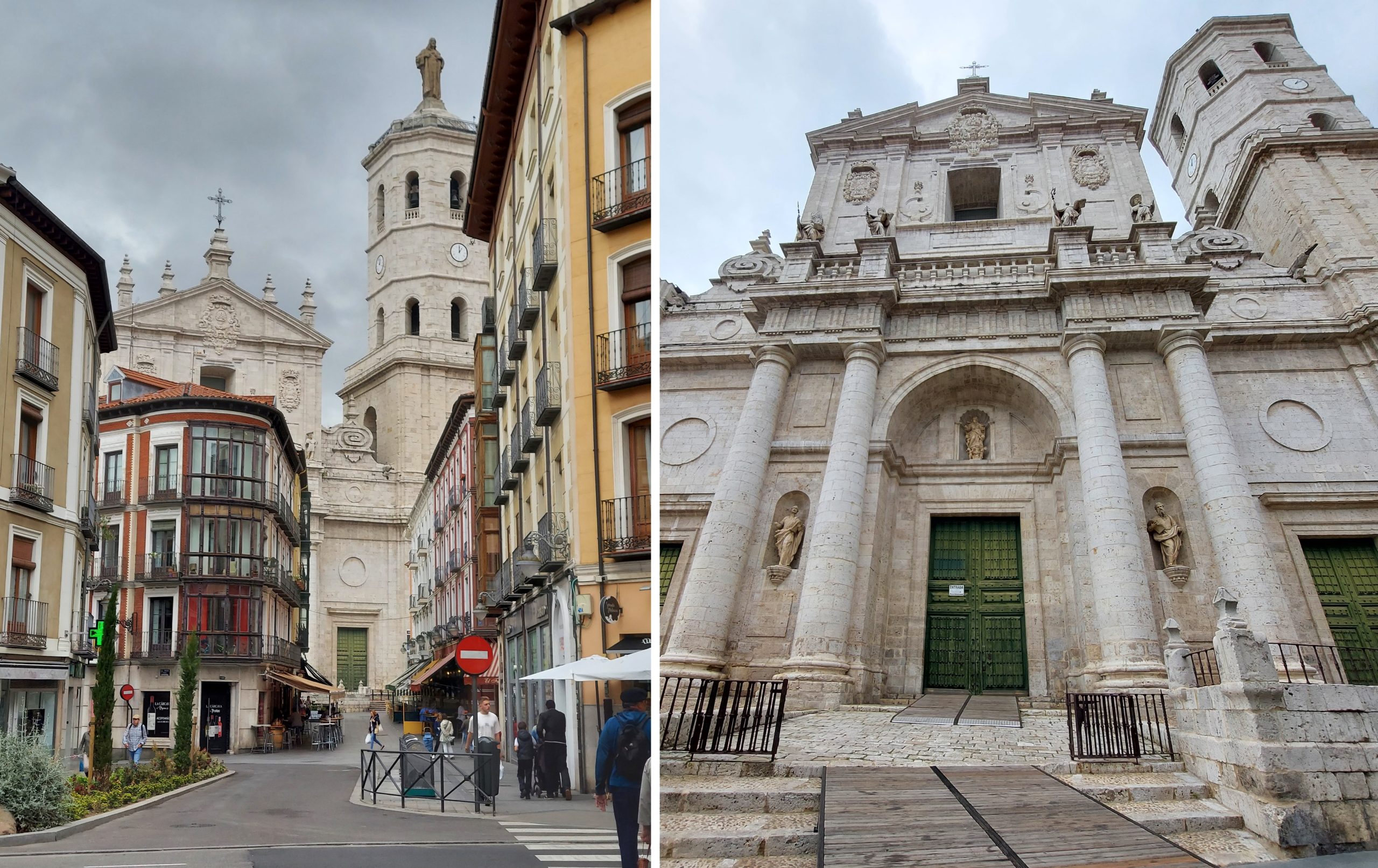
From the entrance to Regalado Street, the façade and tower of the Cathedral of Our Lady of the Assumption of Valladolid can be seen in the background. It is located in the center of the city, in a slightly elevated area, near the church of Santa María de la Antigua. The Cathedral was built in the 16th century on the site of the third Gothic Collegiate Church, following the plans of Juan de Herrera de Maliaño, a Spanish architect, mathematician, geometrician and military man, considered one of the greatest exponents of Hispanic Renaissance architecture. The temple obtained the category of cathedral in 1595. Continue reading “Our Lady of the Assumption Cathedral, Valladolid”
The New Cathedral of Salamanca
In 1491, the Cabildo of Salamanca proposed the need for a temple of larger dimensions, since the Old Cathedral, Romanesque, was small and dark for the time, given the population development that was taking place at that time. The master builders of the cathedrals of Toledo and Seville were hired, with the mission to build a new cathedral for Salamanca, laying the first stone on May 12, 1513. We had commented in the previous article dedicated to the Old Cathedral, that when we observe the structure it gives the impression that it is only one cathedral and not two. This was achieved by supporting the New Cathedral on the north wall of the Old Cathedral. The wall was reinforced towards the interior of the old temple, leaving the lateral nave partially reduced with the new construction. The tower of the new cathedral was built over the bell tower of the Old Cathedral. Continue reading “The New Cathedral of Salamanca”
Old Cathedral of Salamanca
Six cities in Spain have two cathedrals and Salamanca is one of them. Some of these are built separately and others, as in the case of the cathedrals of Salamanca, may be united. The reality is that, for nearly four hundred years, the Old Cathedral and the New Cathedral have lived together as one. And, although they may appear to be a single structure, the truth is that each has its own separate history and so we will treat them as such. For obvious reasons, it is with the Old Cathedral of Salamanca that we begin the first part of this article. Continue reading “Old Cathedral of Salamanca”
Royal Theater of Madrid
When making your way to take the Metro Opera Station in Madrid’s Isabel II Square, or strolling through the gardens of the Plaza of the Orient, there is one building that stands out very elegantly, it is the Royal Theater. It is the first institution for the performing arts in Spain, the National opera house and considered one of the main opera coliseums internationally. Its program ranges from its renowned opera productions, ballet, dance, flamenco, concerts, to entertainment and shows for the whole family. Continue reading “Royal Theater of Madrid”
“La Seu” of Valencia
Its official name is “Iglesia Catedral Basílica Metropolitana de la Asunción de Nuestra Señora Santa María” and in Valencia, Spain, it is popularly known as “La Seu”. From the “Plaza de la Virgen” and next to another important Valencian temple, the Royal Basilica of Our Lady of the Holy Innocents Martyrs and Forsaken, you can see part of the Seu or Cathedral of Valencia. It is dedicated to the Assumption of Mary. Continue reading ““La Seu” of Valencia”
Maria Luisa Park, Seville
The first urban park of Seville is the Infanta Maria Luisa Fernanda Park, better known as Maria Luisa Park. It is a wonderful area, where tranquility and calmness are breathed in an extension of 34 hectares. It was declared in 1983 as an Asset of Cultural Interest in the category of Historical Garden. Continue reading “Maria Luisa Park, Seville”
Valencia Nord Station
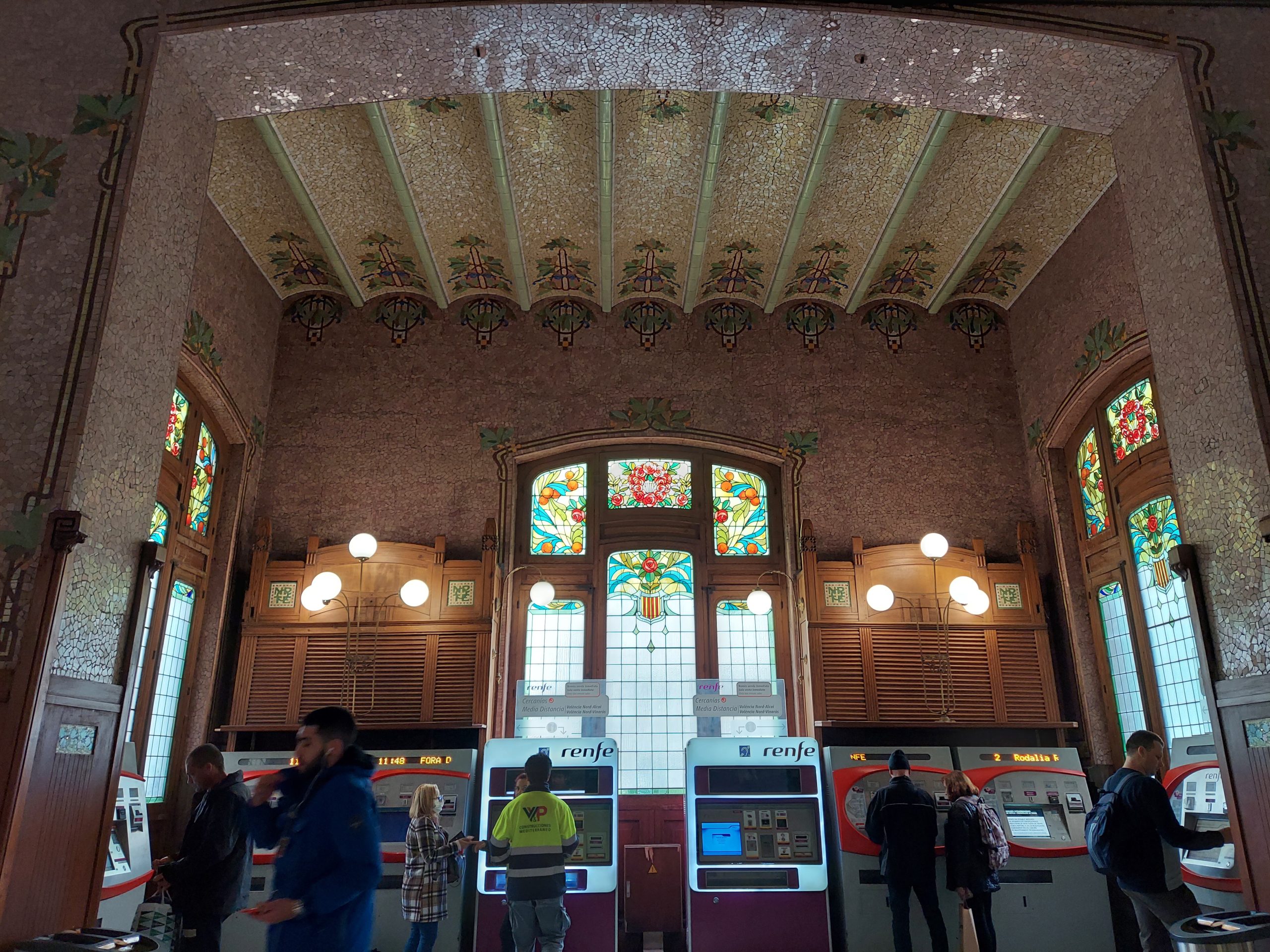
Arriving at Valencia, it is worth noting how beautiful and monumental is the main railway station of this Spanish city, the “Estación del Norte” or “Estació del Nord” in Valencian. Its construction began in 1907, concluding in 1917 when it was inaugurated. It is located in the center of the city next to the “Plaza de Toros” and very close to the City Hall. It connects with several city subway lines and the urban bus network. Continue reading “Valencia Nord Station”
The Cathedral of Segovia
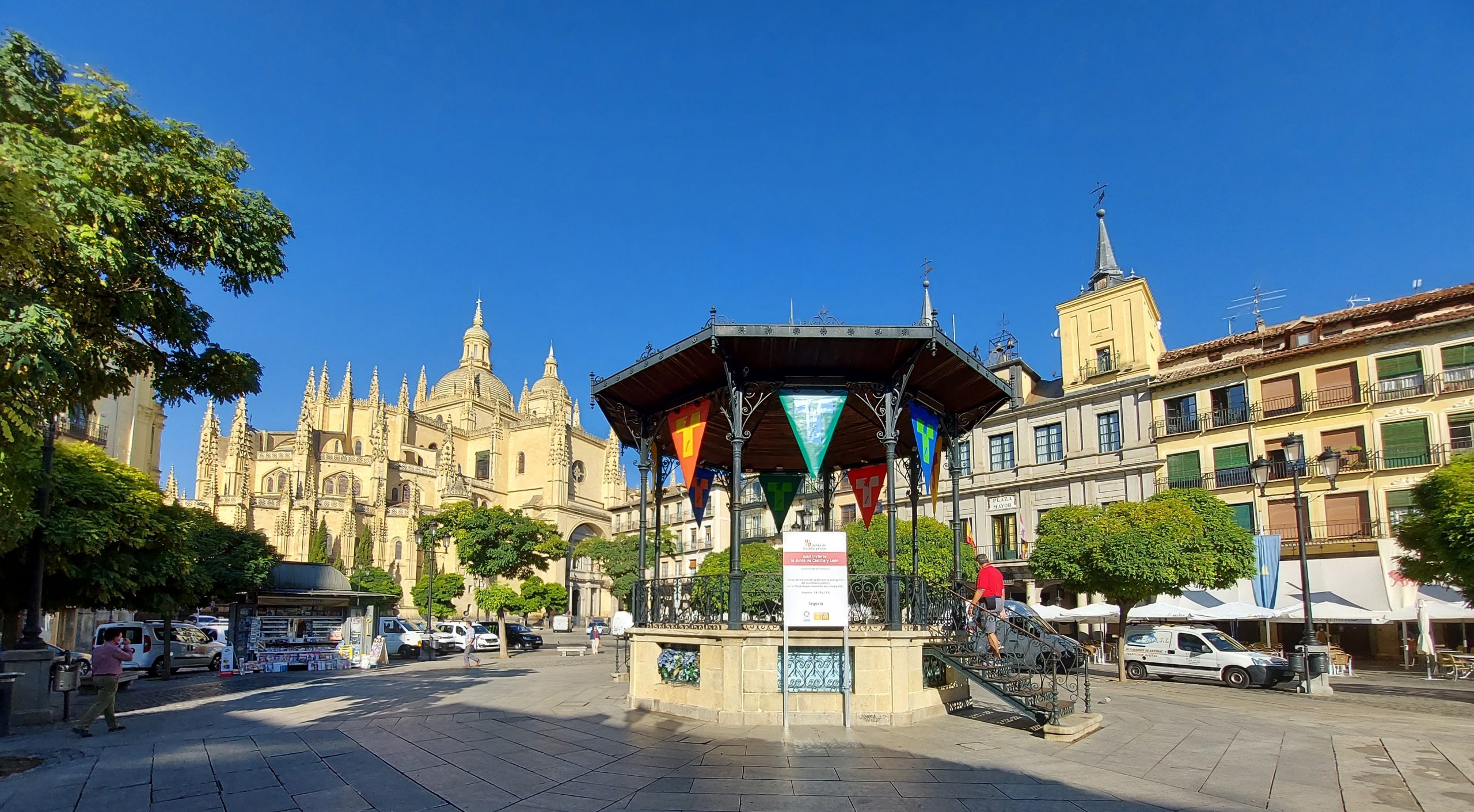
Arriving at the Plaza Mayor of Segovia, known since the late nineteenth century, as the Plaza de la Constitución, you can see the apse of what is considered in Spain, both for its size and its elegance, as the “Lady of the Cathedrals”. The Santa Iglesia Catedral de Nuestra Señora de la Asunción y de San Frutos, better known as the Cathedral of Segovia, was built between the XVI and XVIII centuries, in Gothic style with some Renaissance features. That is why it is considered in Spain and Europe, as one of the cathedrals where the Gothic style was used late, when the Renaissance architecture was already spreading in most of Europe. Continue reading “The Cathedral of Segovia”
